Introduction
For resource centers in blocks, the abbreviation “BRC” applies in Indian education. Particularly at the elementary and high levels, these centers are vital in enhancing the quality of education. Set at the block level, BRCs offer vital support in teacher training, resource allocation, and the supervision of educational projects. Their main goal is to make sure educational criteria are constant and better across all the schools under their authority.
The Genesis and Evolution of Block Resource Centres
Started with the District Primary Education Programme (DPEP), an effort intended to rejuvenate primary education in India, the beginning of BRCs could be found there. Understanding the need for decentralized support systems, DPEP started BRCs to give local academic help and ongoing teacher professional development. BRCs’ role was further solidified and extended with the 2000 launch of the Sarva Shiksha Abhiyan (SSA), which sought universal enrollment in primary education. Under SSA, BRCs were crucial in carrying out several educational changes and guaranteed that policies translated properly into classroom activities.
Structural Framework of BRCs
Operating at the administrative block level, each Block Resource Centre acts as a middleman between the District Education Office and individual schools. Usually, a BRC is made of:
BRC Coordinator: Working under a senior teacher or executive, the BRC Coordinator oversees the activities of the center, organizes training programs, and contacts local educational authorities.
Resource Persons: Subject matter experts who run training sessions, create classroom materials, and offer on-site assistance to teachers.
Support Staff: Administrative staff members guarantee the effective operation of the center through logistics control, record keeping, and management of logistics.
By this cooperative structure, BRCs work effectively and satisfy the educational and administrative requirements of their sponsoring institutions.
Core Responsibilities of Block Resource Centres
Responsible for many tasks aimed at strengthening the local educational scenery at the ground level, BRC’s Important operations consist in:
Professional Development in Teaching
In-Service Training: Arranging workshops and conferences to introduce teachers to modern teaching methods, classroom control approaches, and discipline-specific developments would be in-service Training.
Continuous Support: Promoting teacher interactions so that best practices and group problem-solving ideas could flow freely.
Managing and Offering Resources
Educational Materials: Distributing textbooks, teaching aids, and digital tools to make sure even the most isolated schools have access to good quality materials.
Guidance on Utilization: Teachers training on the efficient use of these resources to improve student learning outcomes and engagement levels.
Handling and Evaluation
School Visits: Checking classroom techniques, evaluating infrastructure requirements, and guaranteeing conformity to academic standards during periodic visits are important.
Performance Analysis: Assessing student results and cooperating with college personnel to plan improvement measures.
Policy Implementation Support
Educational Schemes: Implementing government projects including the Right to Education (RTE) Act, mid-day meal initiatives, and digital learning initiatives will help to guarantee their successful rollout.
Community Engagement: Working together with municipal agencies, nonprofits, and local people helps to create a friendly setting for learning.
The Significance of BRCs in the Educational Ecosystem
The decentralized educational system of India relies on Block Resource Centres. Their relevance could be many times over:
Localized Support: Working at the block level, BRCs tackle local problems to guarantee locally appropriate solutions.
Capacity building: Through ongoing professional training, BRCs improve teacher skills, which results in better student performance.
Quality Assurance: Regular monitoring and evaluation by BRCs support educational standards and advance accountability.
Bridging Gaps: BRCs ensure consistency and efficiency by serving as a link between high-level policy generation and local-level application.
Challenges Faced by Block Resource Centres
BRCs run into several obstacles despite their essential nature.
Resource Constraints: Limited financial resources might delay the acquisition of educational supplies and the planning of training sessions.
Staffing Problems: Vacancies or the absence of properly qualified employees might have an impact on BRC operations’ effectiveness.
Geographical Barriers: Logistical issues abound in faraway or tough surroundings for visiting all schools on schedule.
Resistance to Change: Teachers familiar with conventional teaching methods may object to new pedagogical approaches.
Success Stories and Impact
Several cases draw attention to the benefiting effects of BRCs:
Improved Learning Outcomes: Better student results and elevated retention rates have been reported by schools in areas where BRCs have run teacher training exercises.
Innovative Teaching Practices: BRCs have made it easy for teachers to use kid-centered instructional approaches, therefore enhancing the efficiency and excitement of studies.
Community Participation: Better infrastructure and higher enrollment, especially for girls and underprivileged groups, have followed increased cooperation between local communities and schools.
Future Prospects and Recommendations
The following steps are advised to enhance the efficiency of Block Resource Centres:
Enhanced Funding: Increased funding for BRCs will free up more funds for current teaching materials and program expansion of their training.
Capacity Building: Regular BRC employee training to keep them current on the most recent educational trends and technologies helps to build their capacity.
Technological Integration: Utilizing digital tools enables one to share resources, conduct remote training sessions, and monitor events in live time.
Policy Support: Creating regulations that acknowledge and strengthen the place of BRCs in the educational hierarchy will apply to triple goods Time, resources, and personnel.
Community Engagement: Promoting increased local government, nonprofit organizations, and parental participation in educational projects.
Conclusion
In India’s educational system, Block Resource Centres (BRCs) are fundamental since they guide teacher training, resource management, and policy implementation. Their ability to increase access to and quality of education is indisputable, even if they face many difficulties. Ultimately improving the efficiency of these centers through better funding, capacity-building programs, and technical advances will ultimately help to create a more broad and equitable education system in India.
Also Read: Navigating the UPSC Examination: Understanding Attempt Limits and Strategies for Success


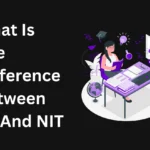
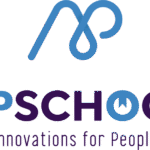



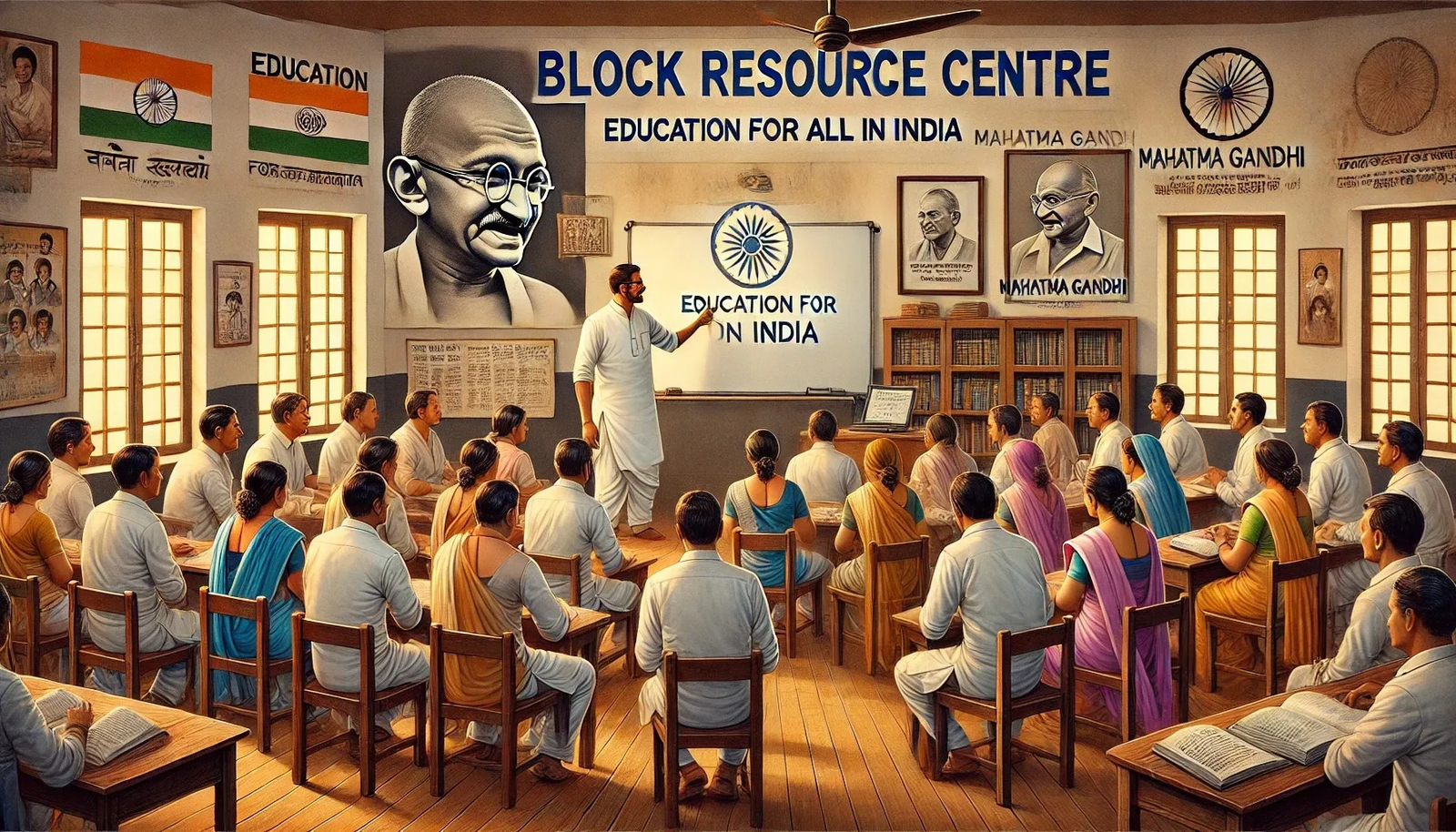

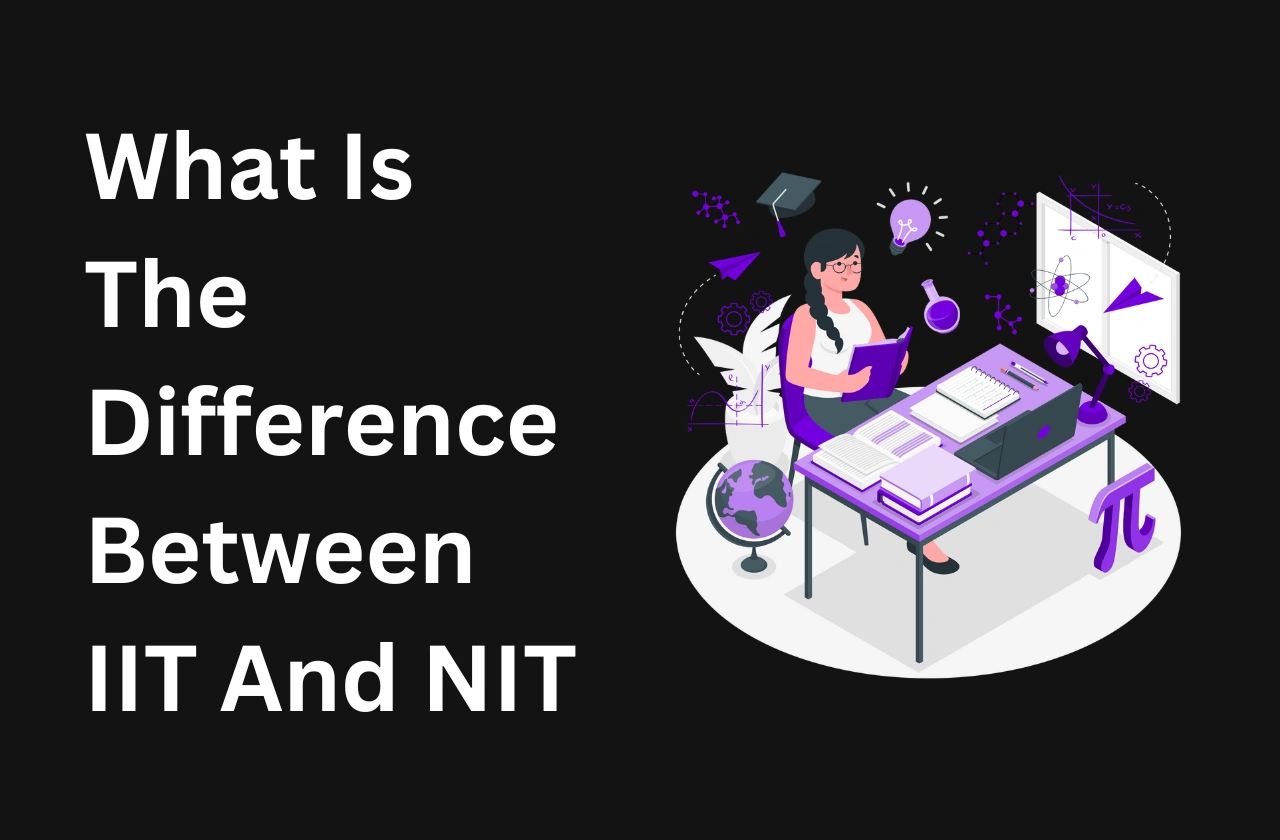
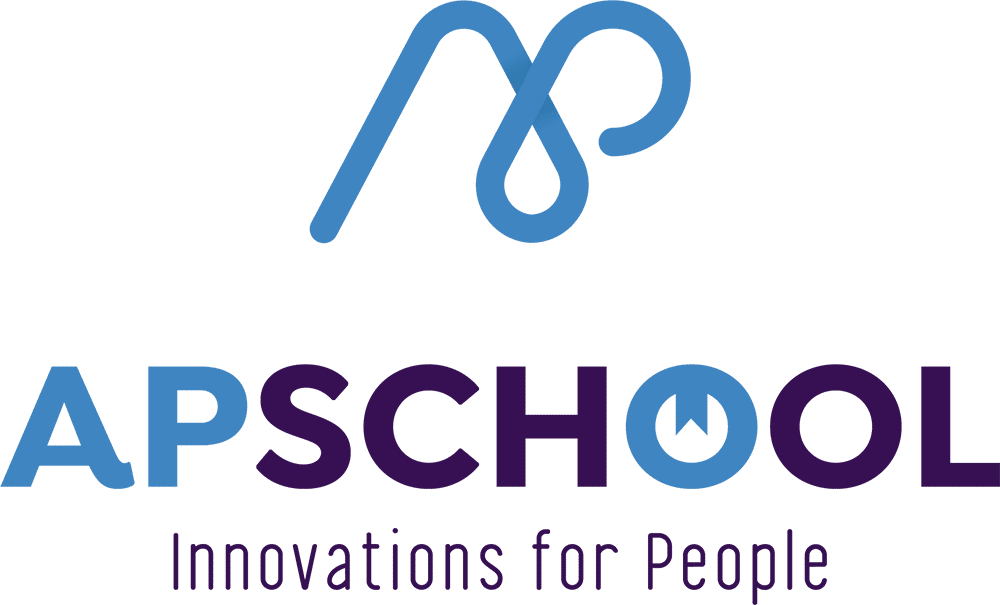
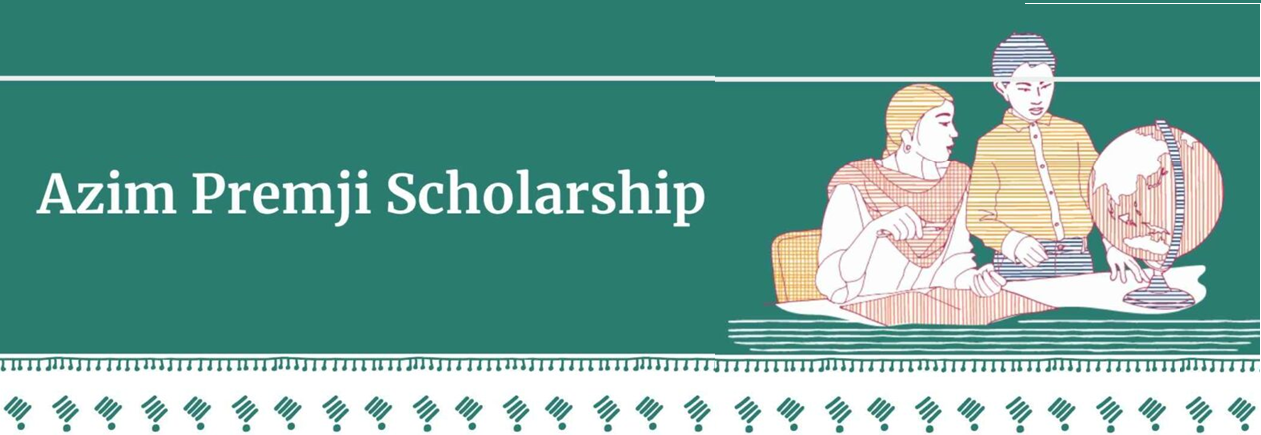
With havin so much content do you ever run into any issues of plagorism or copyright violation? My site has a lot of completely unique content I’ve either created myself or outsourced but it looks like a lot of it is popping it up all over the web without my agreement. Do you know any methods to help stop content from being stolen? I’d definitely appreciate it.
Super-Duper blog! I am loving it!! Will come back again. I am taking your feeds also.
I’m not that much of a internet reader to be honest but your sites really nice, keep it up! I’ll go ahead and bookmark your site to come back in the future. Many thanks